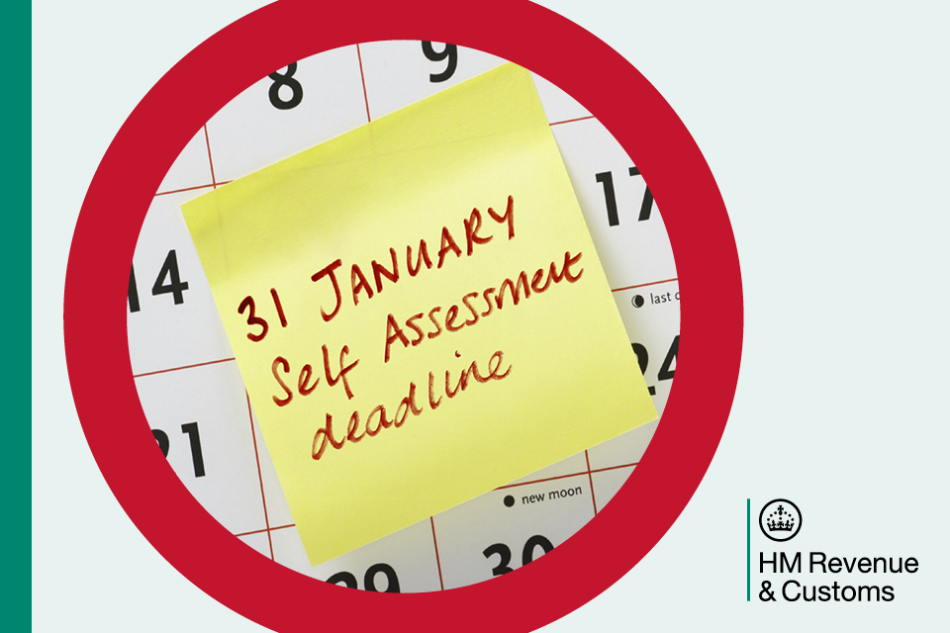A weather pattern known as El Niño is expected to strengthen in the coming weeks and months, potentially worsening extreme weather and the global food crisis. Driven by above-average water temperatures in the eastern Pacific Ocean, an El Niño pattern can cause varying effects on global weather.
While some countries may receive above-average rainfall and flooding, others could suffer crop failures and drought. U.S. Special Envoy for Global Food Security Cary Fowler said that an El Niño pattern has already formed this year.
He outlined the risks of the strengthening weather pattern to food supplies and steps the U.S. and its partners are taking to ease the burden. You “typically see global declines in production of some of the major staple crops: wheat, rice, maize,” Fowler told a briefing on El Niño and Its Influence on Global Food Insecurity at the Foreign Press Centre in Washington.
An El Niño can affect between a quarter and a third of the world’s land and harm fishing, Fowler added, noting that the U.S. National Oceanic and Atmospheric Administration predicts that this El Niño’s effects will peak in late 2023 and last until early 2024. The added climate pressure comes amid a global food crisis where more than 800 million people worldwide already do not have enough to eat. Russia’s brutal war has limited agricultural exports from Ukraine, a major supplier of food to the Near East, Africa and elsewhere.
The U.S. government works with countries to combat the impacts of flooding and drought on farming. Through the Vision for Adapted Crops and Soils (VACS), the U.S., the African Union, the U.N. Food and Agriculture Organisation and others are adapting crops to withstand climate change and build a more secure food supply for Africa.
The U.S. has approved an initial $100 million for VACS to map fertile, drought-resistant soils and identify crop varieties that can better withstand higher temperatures, extreme weather and other climate impacts.
Other U.S.-supported partnerships for sustainable agriculture have:
- Brought drought-tolerant maize to about 7 million hectares in eastern and southern Africa, strengthening food security for nearly 7 million farming families.
- Assisted Pacific Islanders in Vanuatu, the Solomon Islands, Tonga and Kiribati in developing climate-resistant techniques for raising crops or accessing safe water.
- Contributed more than $18 million in public- and private-sector support to advance sustainable fishing in Ecuador and Peru, where warm waters that drive El Niño also displace fish stocks.
“Through this investment, the United States is championing an approach that balances conservation of marine ecosystems with equitable economic growth and the rights of small-scale fishers,” Secretary of State Antony Blinken said, announcing the Por La Pesca, or For the Fisheries, partnership in Lima, Peru, in October 2022.











